India’s cultural heart and wild spirit blend in a unique journey called the golden triangle tour with Ranthambore. This travel route connects the historical richness of Delhi, the Mughal splendor of Agra, and the royal charm of Jaipur with the raw, untamed wilderness of Ranthambore National Park. For travelers seeking heritage, architecture, and nature in one itinerary, this is one of the most rewarding circuits in northern India.
Begin in Delhi: Mughal Grandeur and Modern Rhythms
Your journey begins in Delhi, the capital city and a melting pot of eras and empires. Delhi’s appeal lies in its contrast—narrow Mughal lanes beside broad colonial avenues, ancient ruins standing next to glass towers.
Start with Old Delhi, where Chandni Chowk offers a sensory overload—spices, silk, street food, and stories. Visit Jama Masjid, among India’s largest mosques, and ride a rickshaw through the tangled alleyways that echo with centuries of trade and tradition.
Then move to New Delhi, where India Gate, Rashtrapati Bhavan, and Rajpath reflect the country’s colonial past and current identity. Don’t miss Qutub Minar and Humayun’s Tomb, both architectural masterpieces and UNESCO sites.
The capital prepares you for what lies ahead—deep-rooted culture, powerful stories, and timeless craftsmanship.
Agra: The Icon of Eternal Love
From Delhi, a drive or short train ride brings you to Agra, the city that hosts the majestic Taj Mahal. A symbol of love carved in white marble, this world wonder leaves visitors in awe, especially at sunrise when the changing light gives the monument a magical glow.
But Agra’s significance extends beyond the Taj. Visit Agra Fort, a red sandstone fortress where emperors ruled and intrigues unfolded. Then see Mehtab Bagh, the garden behind the Taj, for a panoramic view across the Yamuna River.
A short drive from the city lies Fatehpur Sikri, the abandoned Mughal capital. Its red sandstone buildings tell tales of visionary emperors and architectural brilliance. This step into history perfectly prepares you for the royal journey ahead.
Ranthambore: The Heart of the Jungle
Leaving behind the monuments of marble and sandstone, the next leg of the golden triangle tour with Ranthambore introduces a shift—from history to habitat. Located in Rajasthan, Ranthambore National Park is one of India’s most famed wildlife reserves, known for its population of Bengal tigers and scenic beauty.
The park offers jeep safaris in the morning and evening, giving travelers a chance to witness wild tigers in their natural terrain. Unlike other sanctuaries, Ranthambore is known for relatively frequent tiger sightings, thanks to the terrain and open grasslands.
But the park isn’t just about tigers. You’ll find leopards, wild boars, sambar deer, langurs, marsh crocodiles, and hundreds of bird species. The dry deciduous forest, dotted with lakes and ridges, makes for unforgettable landscapes.
Adding to the experience is Ranthambore Fort, perched above the park. Dating back to the 10th century, it offers sweeping views and a glimpse into the region’s fierce past. Standing on its ramparts, with the jungle below, one feels history and nature merge.
Jaipur: Royal Palaces and Cultural Pulse
The journey continues to Jaipur, the Pink City and Rajasthan’s capital. This is where heritage lives in color—palaces with mirrored halls, markets filled with block prints and gems, and forts that rise above rugged hills.
Start with Amber Fort, a hillside marvel of architecture. Ride a jeep up the cobbled paths and enter halls that once echoed with royal banquets. Visit City Palace, still home to the former royal family, and the Jantar Mantar, a centuries-old observatory that’s precise even today.
Stop at Hawa Mahal, the ‘Palace of Winds,’ and wander the vibrant Johari Bazaar, where every shop tells a tale of artistry—whether in gemstones, textiles, or traditional footwear.
What makes Jaipur memorable is how it balances grandeur with intimacy. Attend a folk performance, take a cooking class in a local home, or watch artisans at work in their tiny stalls.
Cultural Connection: What This Tour Really Offers
The golden triangle tour with Ranthambore isn’t just a sightseeing journey. It’s a route that connects India’s royal history, colonial past, architectural achievements, and natural legacy in one coherent experience.
Each destination complements the others. Delhi shows India’s layered identity. Agra stuns with architectural devotion. Ranthambore adds a wild, untamed chapter. Jaipur brings color, craft, and culture to the forefront.
Together, they form a travel story where every stop has its own pace, personality, and poetry.
Ideal Travel Flow: How to Structure the Route
A typical itinerary starts from Delhi and moves clockwise:
- Day 1-2: Arrive in Delhi, explore Old and New Delhi
- Day 3: Drive to Agra, visit Taj Mahal and Agra Fort
- Day 4: Head to Ranthambore via Fatehpur Sikri
- Day 5: Safari and Ranthambore Fort visit
- Day 6-7: Jaipur sightseeing
- Day 8: Return to Delhi or depart from Jaipur
This flow keeps travel times reasonable and energy high. It also makes the best use of early mornings for safaris and sunrises, especially in Agra and Ranthambore.
When to Travel: Timing Your Journey Right
The best time for the golden triangle tour with Ranthambore is from October to March. This period offers pleasant weather for sightseeing and higher chances of tiger sightings in Ranthambore.
During summer (April-June), while the heat intensifies, tiger sightings actually increase as animals gather around water sources. However, daytime excursions can be tough due to high temperatures.
Monsoon (July-September) is not recommended for Ranthambore as the park remains closed for a few months during this period.
Local Experiences Worth Adding
To truly enrich your travel, consider weaving in some authentic local moments:
- Cooking sessions with families in Jaipur
- Early morning Old Delhi street food walk
- Meena tribal village visit near Ranthambore
- Block printing workshop or jewelry making class in Jaipur
- Evening Aarti at a small temple in Agra
These experiences turn your tour from just a visit to a real cultural engagement.
Packing Tips for a Balanced Journey
The golden triangle tour with Ranthambore involves city exploration, wildlife safari, and cultural engagement. So pack accordingly:
- Comfortable walking shoes for forts and cities
- Neutral-toned clothes for safaris
- Scarves or shawls for temple visits
- Binoculars and camera for wildlife watching
- Sunblock, hat, and insect repellent
Light woolens are needed in winter mornings and evenings, especially in Ranthambore and Jaipur.
Food Trail Along the Route
Each destination brings its flavor:
- Delhi: Chole bhature, kebabs, parathas from Paranthe Wali Gali
- Agra: Mughlai curries, petha sweets, and spicy chaats
- Ranthambore: Traditional Rajasthani thalis with dal-baati-churma
- Jaipur: Ghewar, laal maas, ker sangri, and street snacks
Don’t forget to try local sweets and snacks, especially from family-run shops in Jaipur and Old Delhi.
Travel Tips for First-Timers
- Hire government-approved guides for better storytelling
- Book safaris in advance for Ranthambore—limited slots fill quickly
- Use local transport like tuk-tuks for short city rides
- Stay in heritage hotels or eco-lodges to enhance the experience
- Avoid plastic bottles; carry a refillable water bottle instead
Respect local customs, dress modestly in temples and mosques, and engage with locals with curiosity and kindness.
Final Thoughts
The golden triangle tour with Ranthambore offers more than just sightseeing—it provides a sense of India’s many souls: the empire, the wilderness, and the artistry of its people. It’s a well-balanced journey for travelers who want more than the surface, blending nature, history, and culture in one continuous thread.
Whether you’re a solo traveler, a family, or a couple, this tour brings something unforgettable at each stop. It’s not just a route on a map—it’s a passage through stories, legacies, and life itself.



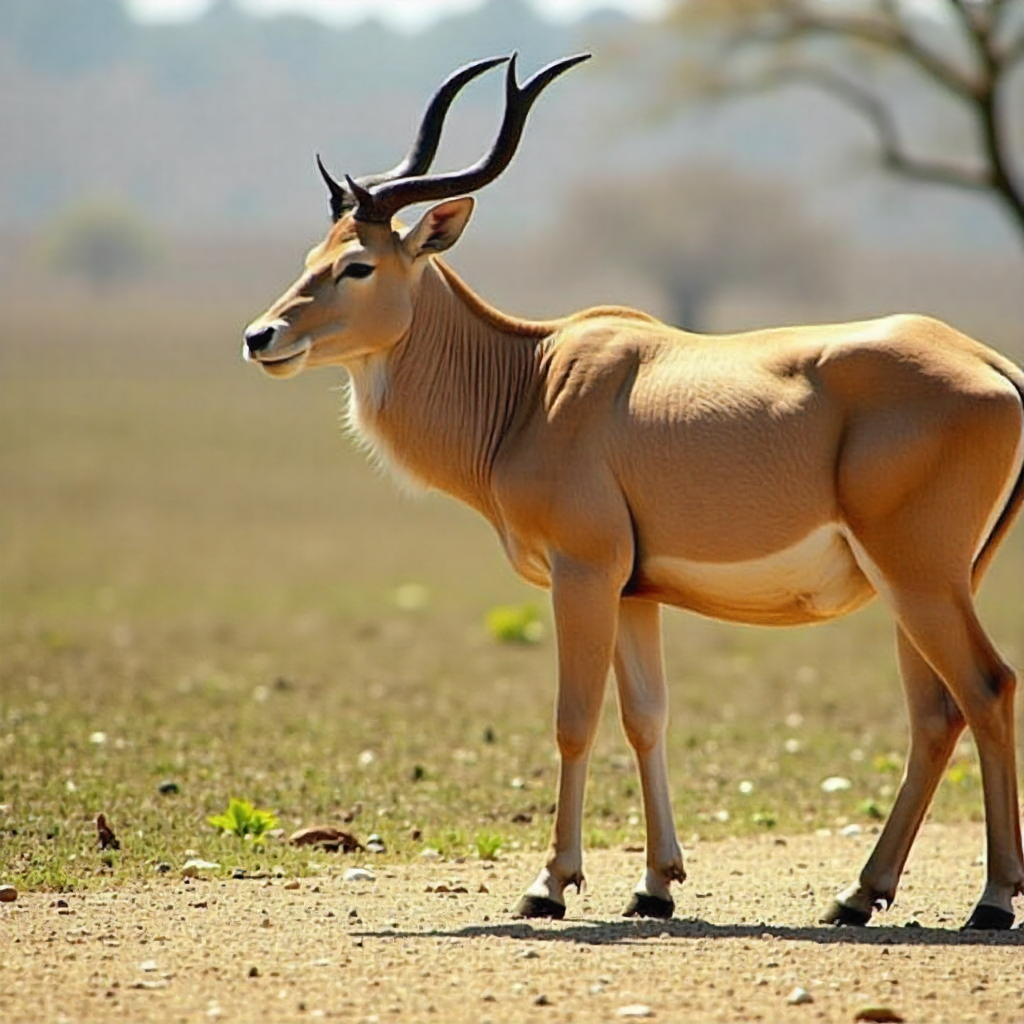
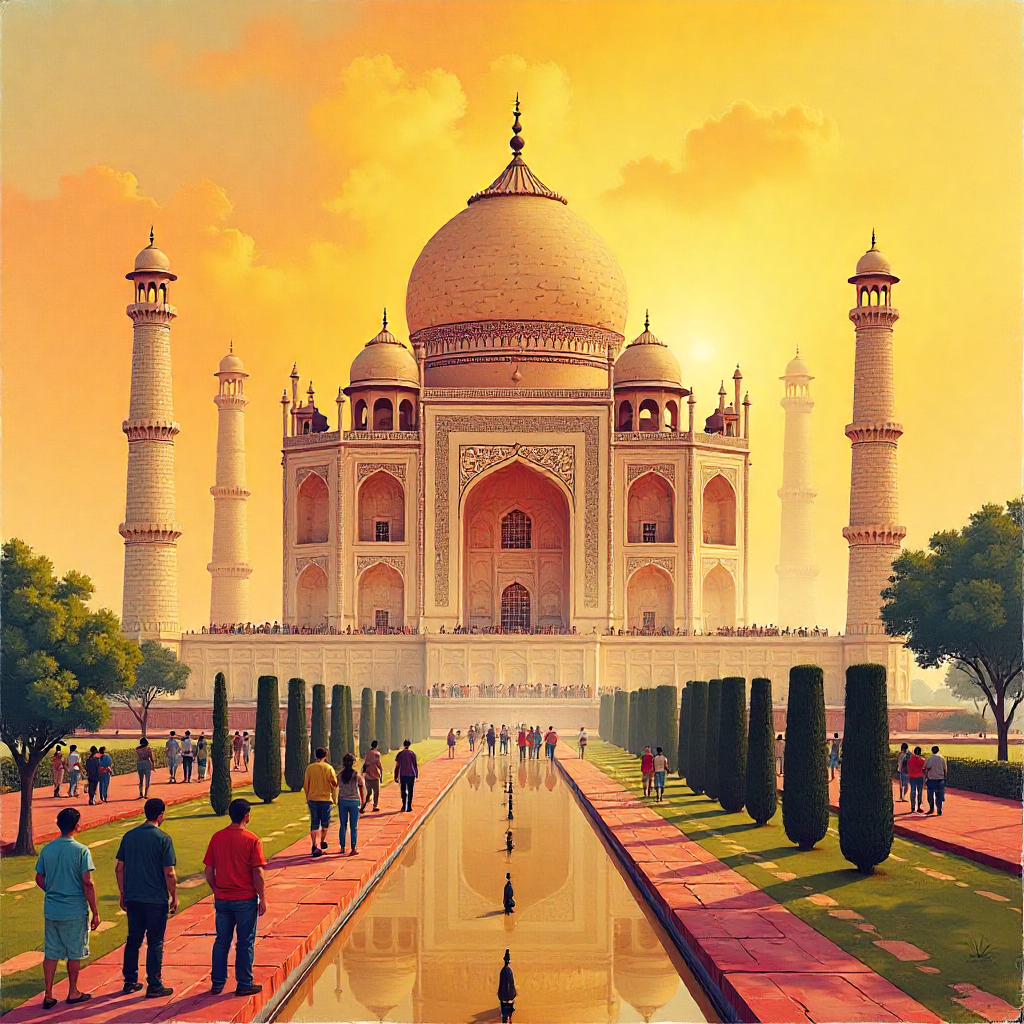

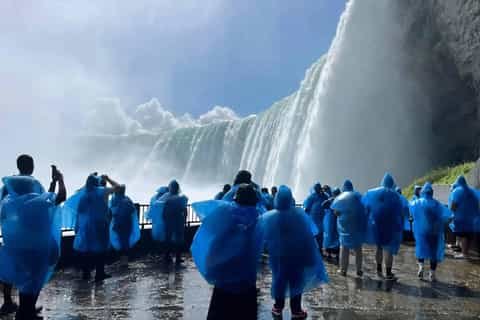
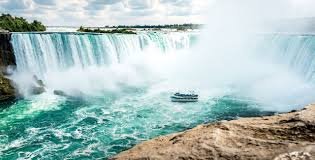
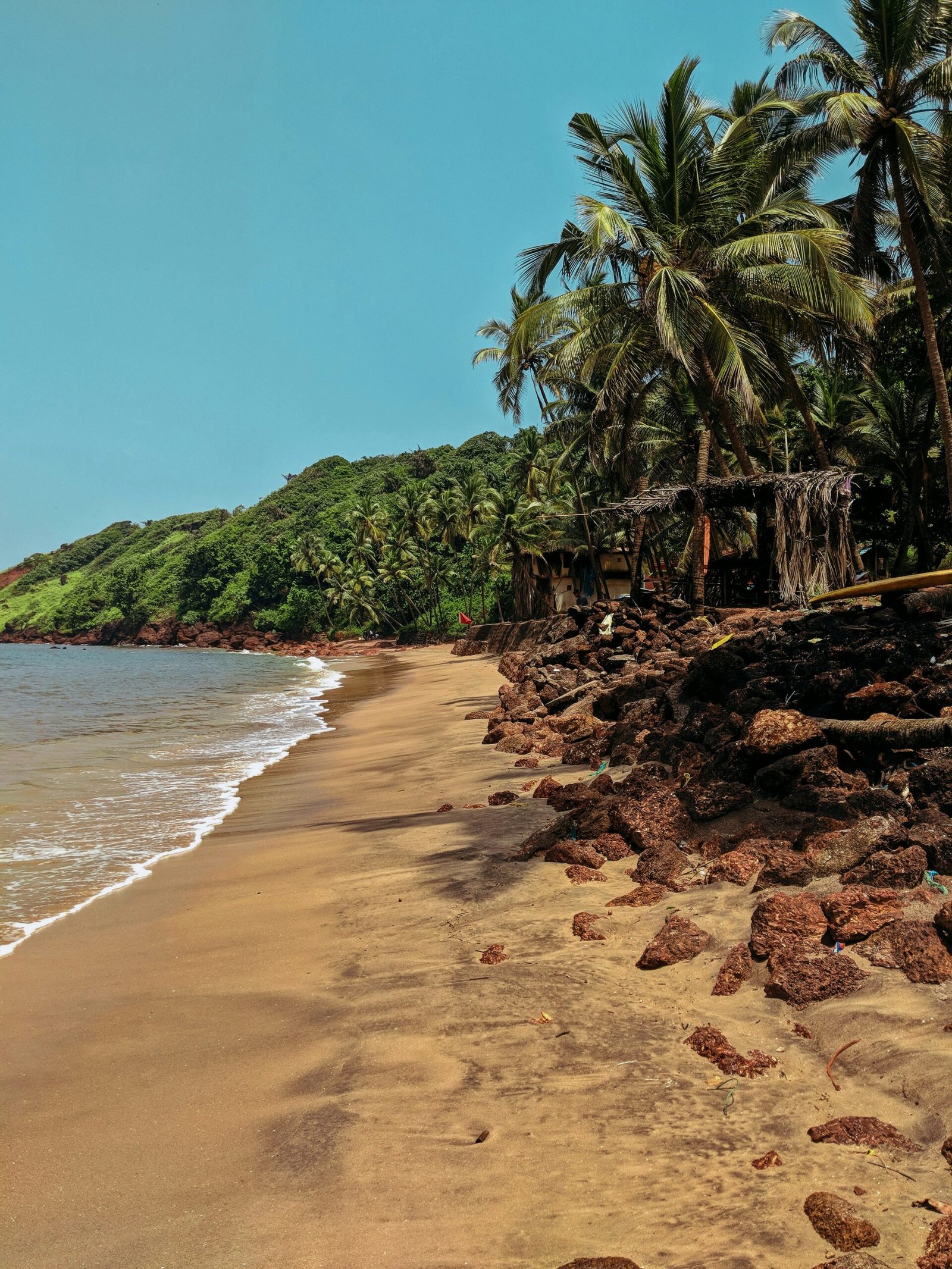


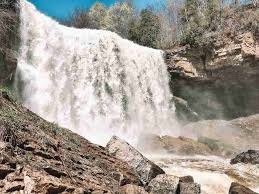




Leave a Reply